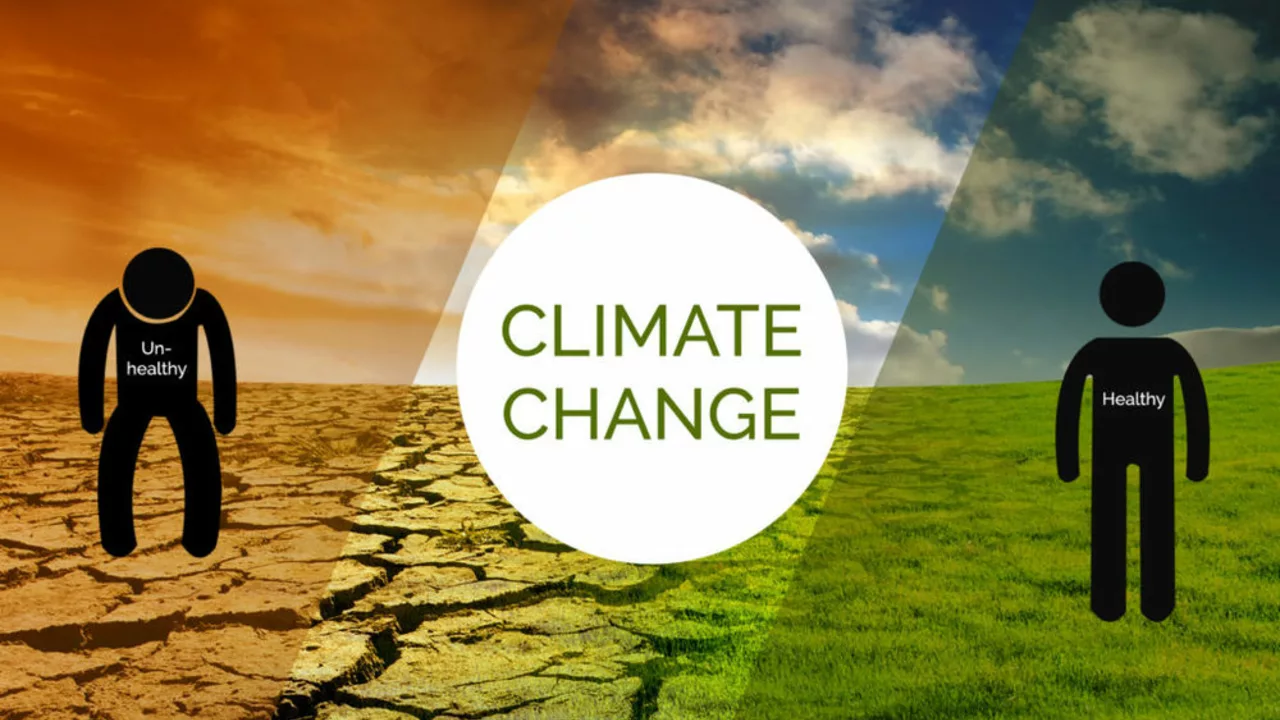Understanding Climate Impact: What It Means for You and the Planet
Climate impact is a big deal these days, and for good reason. It refers to how human activities affect the earth’s climate, leading to changes like rising temperatures, more extreme weather, and shifts in ecosystems. This isn’t just about polar bears or distant glaciers—these changes affect our health, food, and everyday life.
So, what causes climate impact? Mainly, it comes down to greenhouse gases like carbon dioxide and methane, which trap heat in the atmosphere. Burning fossil fuels for energy, cutting down forests, and certain industrial processes release tons of these gases. This extra heat throws weather patterns off balance, causing droughts, floods, and stronger storms.
Why Should You Care About Climate Impact?
Whether you're paying attention or not, climate impacts touch all of us. Health problems like asthma and allergies can get worse because of air pollution linked to climate change. Food supplies can get hit when droughts or floods damage crops. Even the economy suffers—disasters cost billions and disrupt businesses.
But here’s the good news: individual and community action can make a difference. Simple steps like reducing waste, using energy-efficient appliances, choosing cleaner transportation, and supporting renewable energy all add up. Every small change helps slow down negative impacts and build a healthier planet.
How Can We Track and Reduce Our Climate Impact?
Tracking climate impact can start at home by watching energy use and waste habits. On a bigger scale, scientists use satellites and data models to monitor global changes. Governments and organizations rely on this info to create policies that cut emissions and protect natural habitats.
Want to take it further? Look for products made sustainably, reduce meat consumption, and get involved in local green initiatives. These actions not only cut your carbon footprint but push companies to prioritize the planet too.
Understanding climate impact isn’t just for scientists—it’s something all of us can learn about and influence in our daily choices. Before long, the tiny steps you take could help create big waves of positive change for the environment and future generations.
The Impact of Climate on Chloasma: Seasonal Changes and Skin Health
In my latest blog post, I delve into how climate impacts chloasma, a skin condition characterized by brown patches typically on the face. Seasonal changes play a significant role in skin health, and this is quite evident in the case of chloasma. During summer months, increased sun exposure can worsen this skin condition, while cooler months offer some relief. It's fascinating to understand how much our environment affects our skin health. Stay tuned for more insights and tips on managing skin health with changing seasons.

